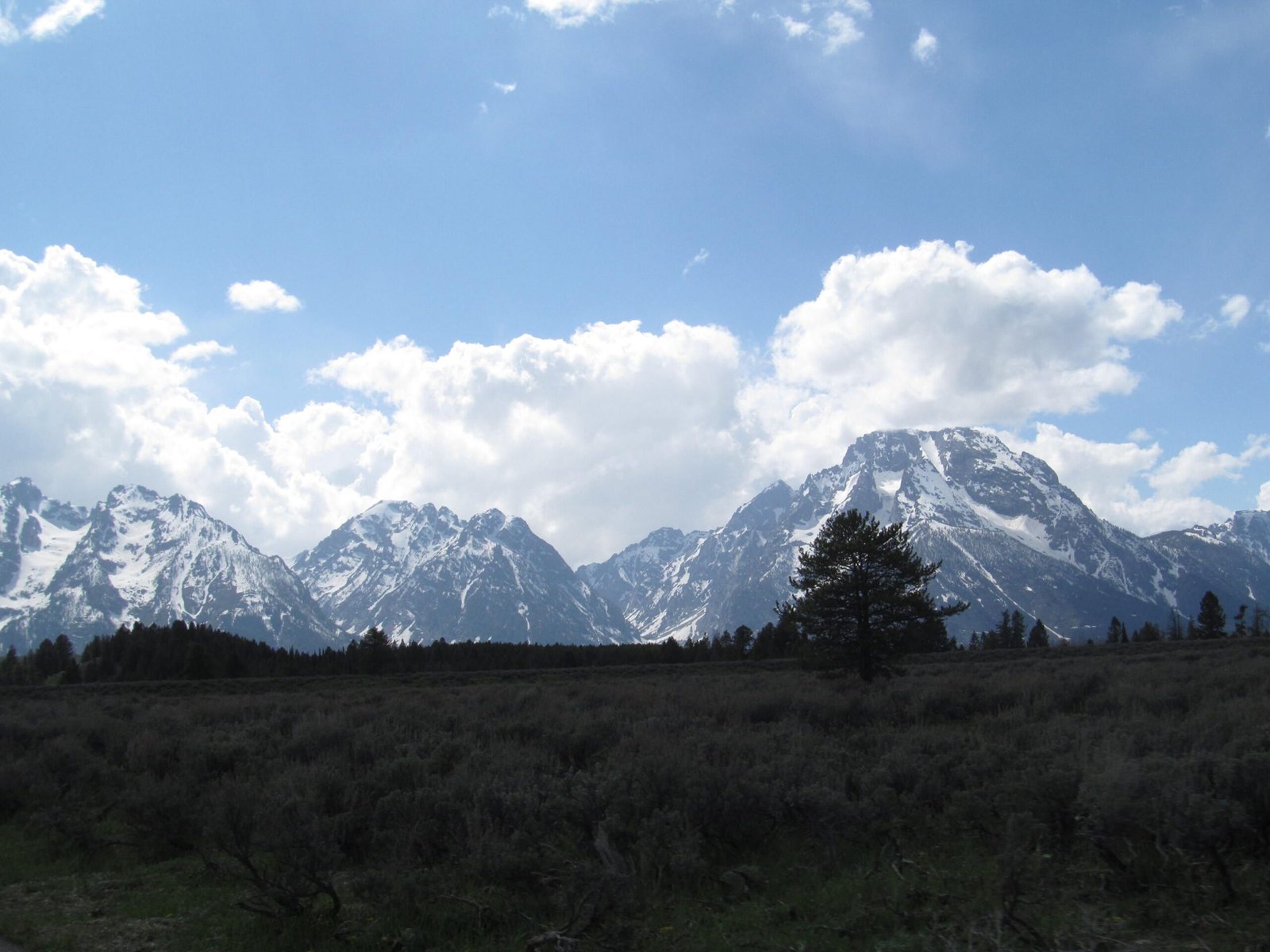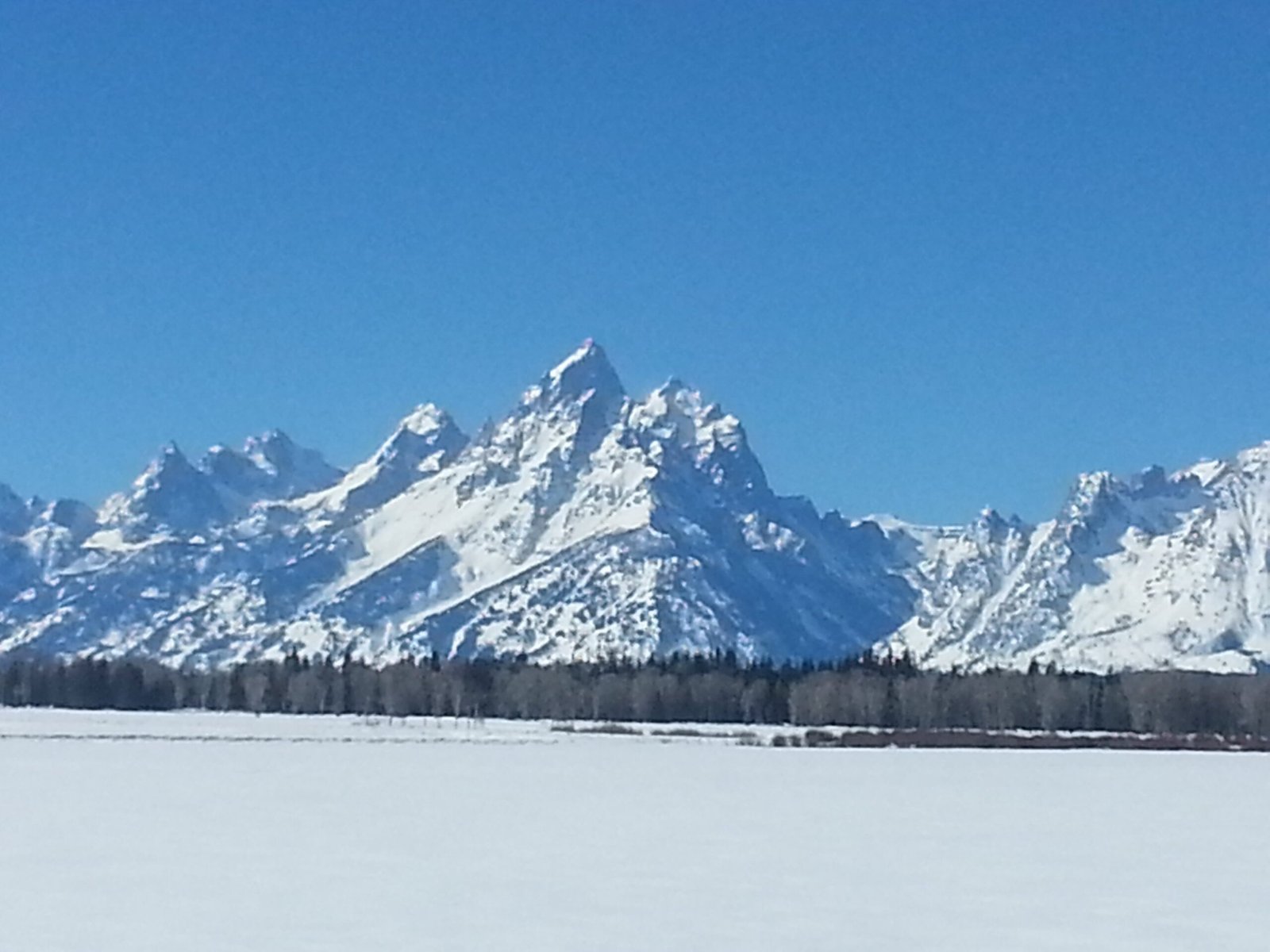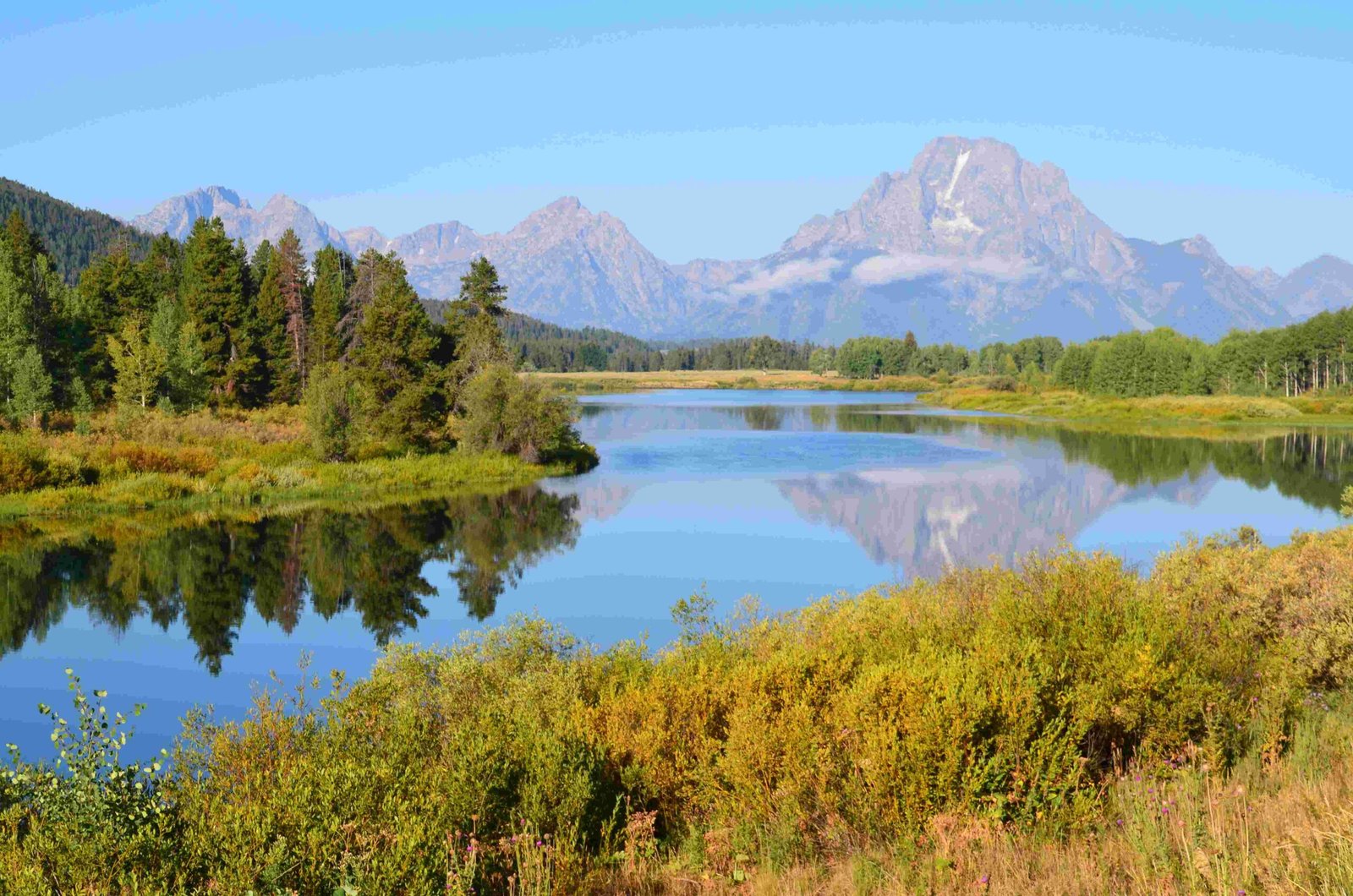Moose represent one of North America’s most magnificent large mammals, inhabiting the diverse ecosystems of Grand Teton National Park. These impressive creatures, characterized by their massive antlers and towering stature, roam through dense forests, wetlands, and river valleys, offering wildlife enthusiasts a rare glimpse into their natural habitat. Understanding their behavior, preferred locations, and seasonal patterns can dramatically enhance your chances of an unforgettable moose encounter.
What Makes Grand Teton a Moose Paradise?

Grand Teton National Park provides an ideal environment for moose, featuring:
- Abundant willow thickets
- Diverse riparian ecosystems
- Protected wilderness areas
- Minimal human interference
Where Can You Find Moose in Grand Teton?
| Location | Likelihood of Sighting | Best Time |
|---|---|---|
| Moose-Wilson Road | High | Early Morning/Evening |
| Gros Ventre River | Moderate | Dawn/Dusk |
| Jenny Lake Area | Moderate | Spring/Fall |
How Do Moose Survive in Grand Teton’s Ecosystem?

Moose have remarkable adaptations that enable them to thrive in challenging mountain environments:
- Thick Winter Coat: Provides insulation against extreme temperatures
- Long Legs: Helps navigate deep snow and marshy terrain
- Specialized Diet: Consumes willow, aquatic plants, and bark
What Behaviors Define Moose Interactions?
Moose exhibit complex social and territorial behaviors:
- Males establish dominance through antler displays
- Females fiercely protect calves
- Seasonal migration patterns follow food availability
When Are Moose Most Active?
Moose activity varies significantly across seasons:
- Winter: Congregate in sheltered forest areas
- Spring: Begin emerging into open meadows
- Summer: Seek cooler riverine environments
- Fall: Engage in mating rituals
How Can Visitors Safely Observe Moose?
Critical guidelines for responsible wildlife viewing:
- Maintain minimum 25-yard distance
- Use binoculars or telephoto lenses
- Stay quiet and minimize movement
- Never approach or feed wildlife
- Follow park ranger instructions
What Unique Characteristics Define Moose?
Fascinating moose facts:
- Average adult weight: 840-1,500 pounds
- Antler span: Up to 6 feet
- Lifespan: 15-25 years in wild
- Excellent swimmers
- Can run up to 35 miles per hour
Conservation Status and Challenges
Moose populations face multiple environmental pressures:
- Climate change impacts habitat
- Increasing human development
- Potential disease transmission
- Predation by wolves and bears
Photography and Observation Tips
Professional wildlife photographers recommend:
- Use camouflage clothing
- Select early morning/late evening
- Bring sturdy tripod
- Choose high-quality telephoto lens
- Practice patience
Recommended Gear for Moose Watching
| Essential Item | Purpose |
|---|---|
| Binoculars | Close observation |
| Field Guide | Species identification |
| Warm Layers | Temperature regulation |
| Water/Snacks | Extended observation |
| First Aid Kit | Safety preparedness |
By understanding moose ecology and following responsible wildlife viewing practices, visitors can create memorable experiences while respecting these magnificent creatures in their natural Grand Teton habitat.
Reference:
– National Park Service
– Teton Science Schools
– Wyoming Wildlife Federation

